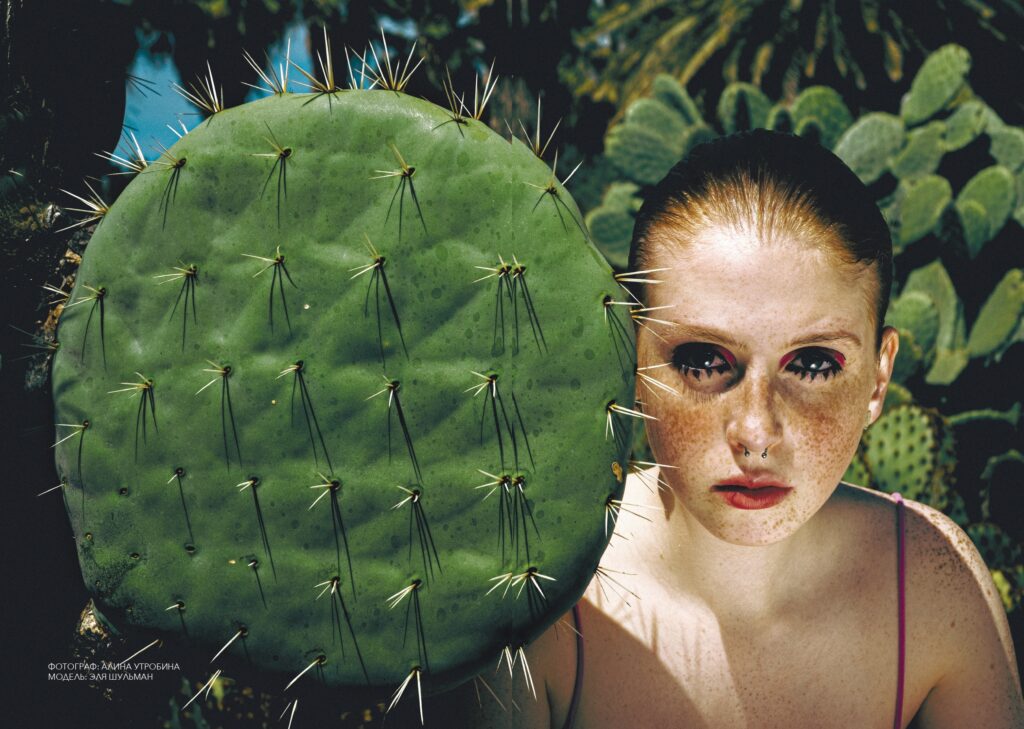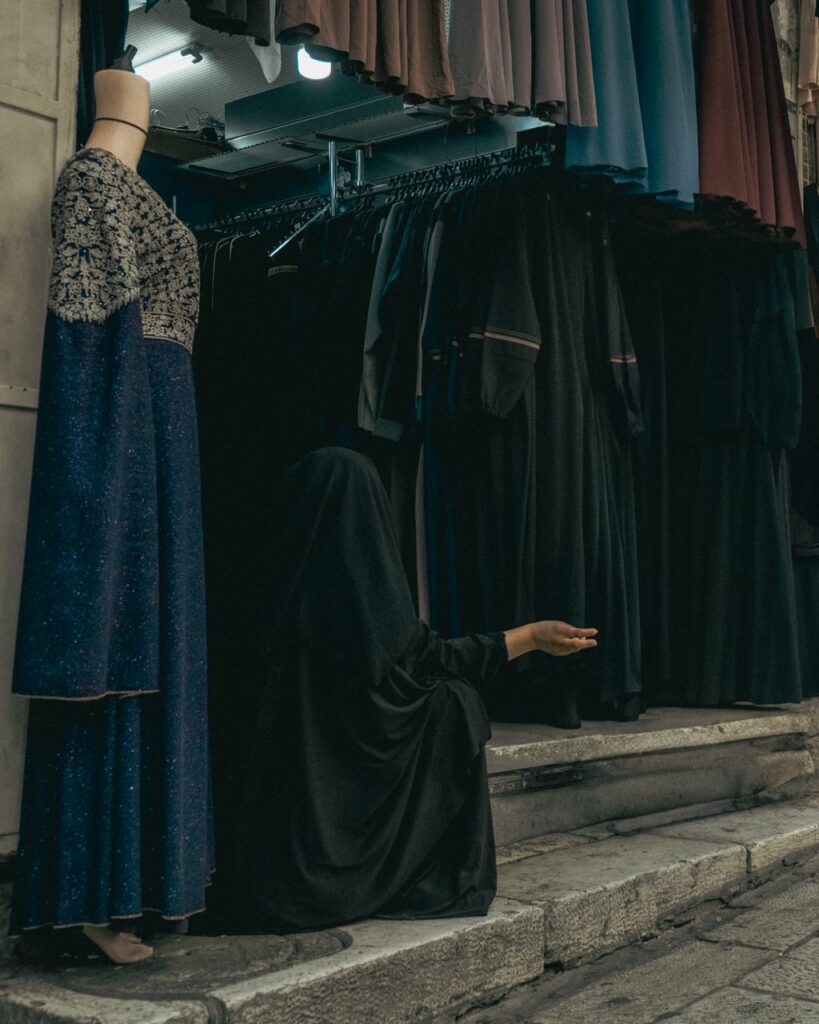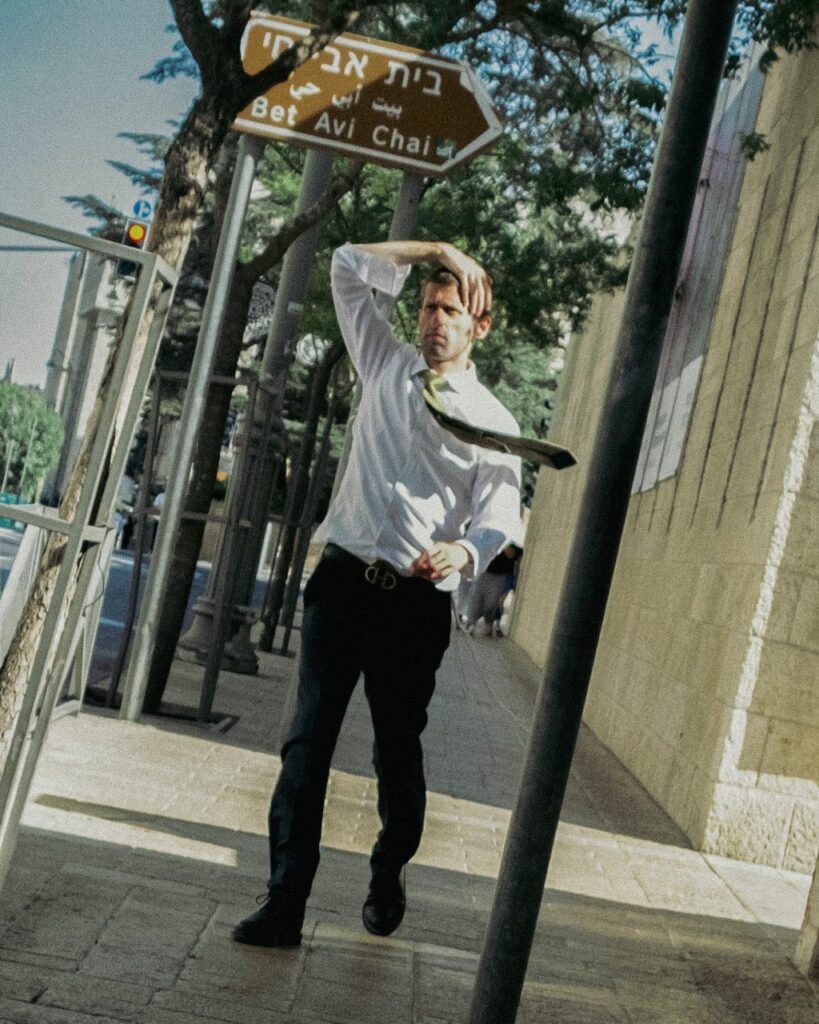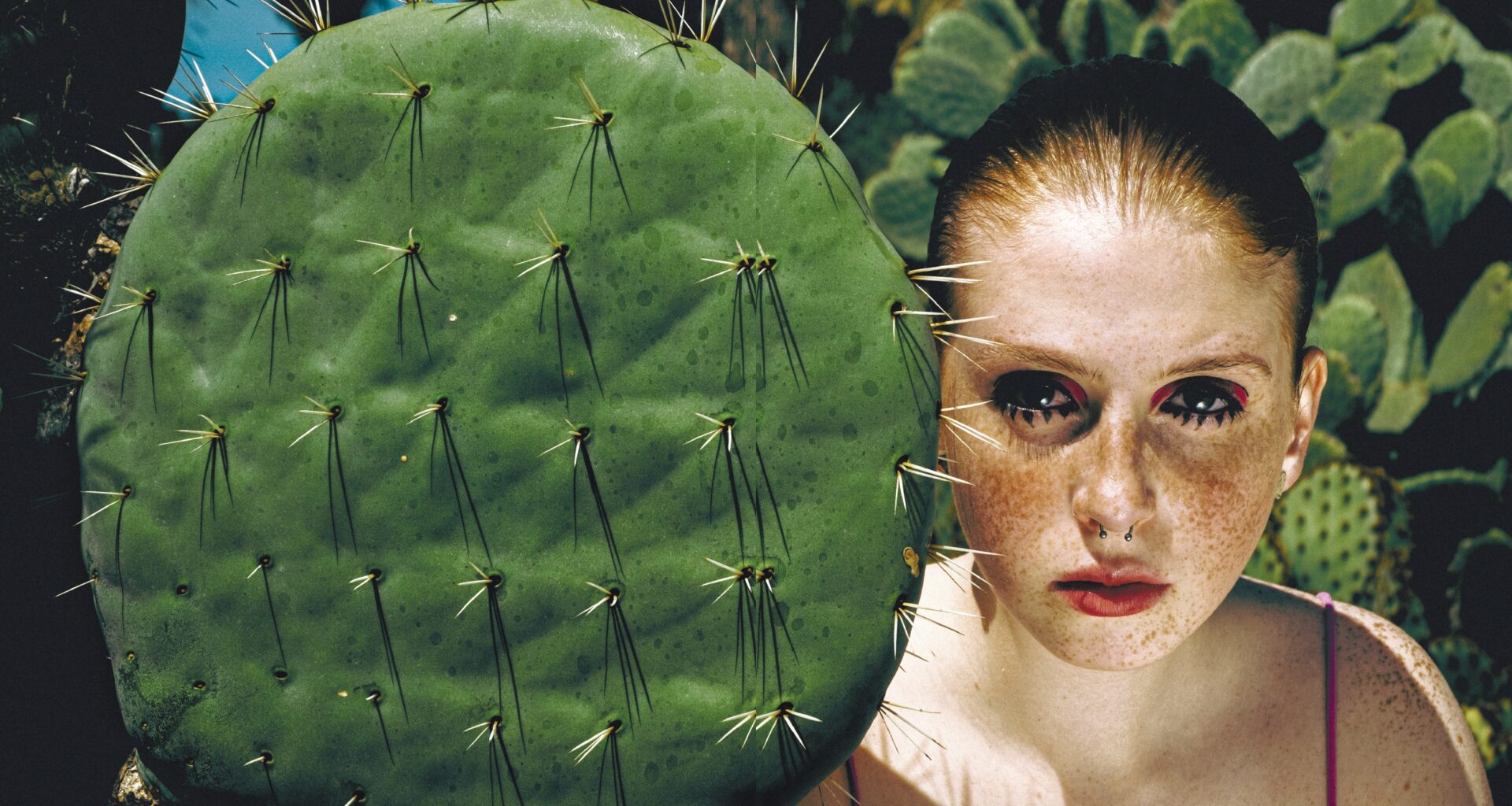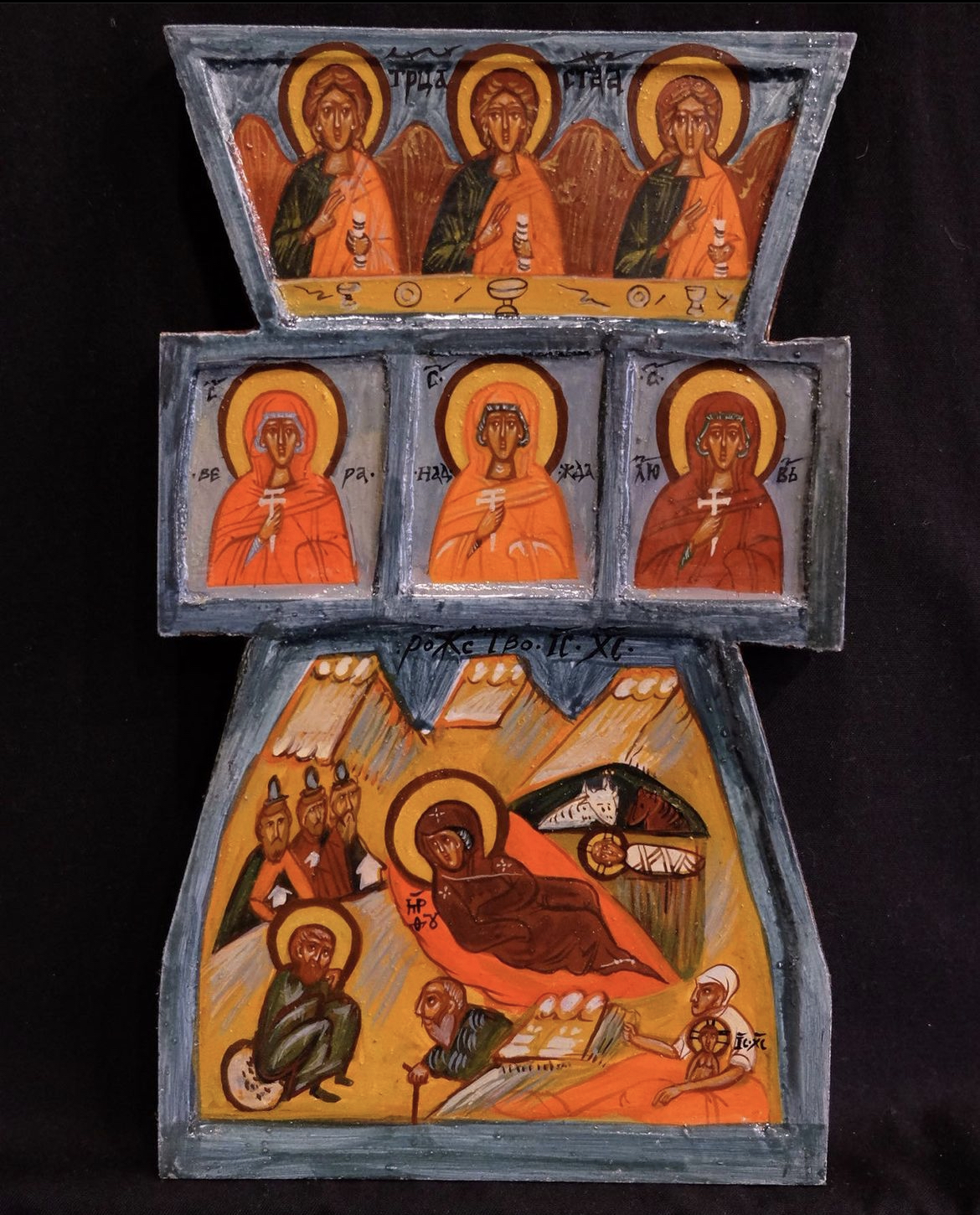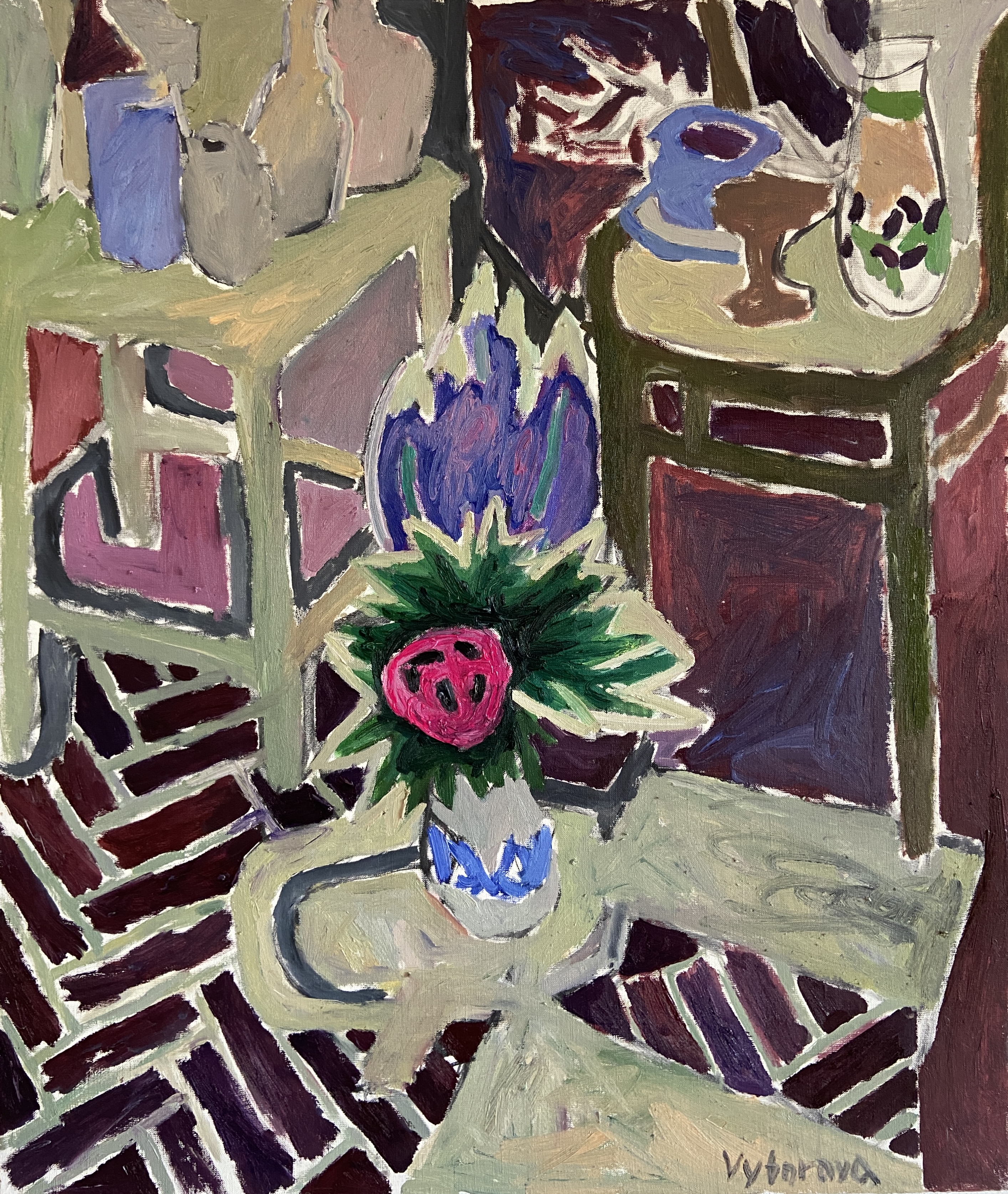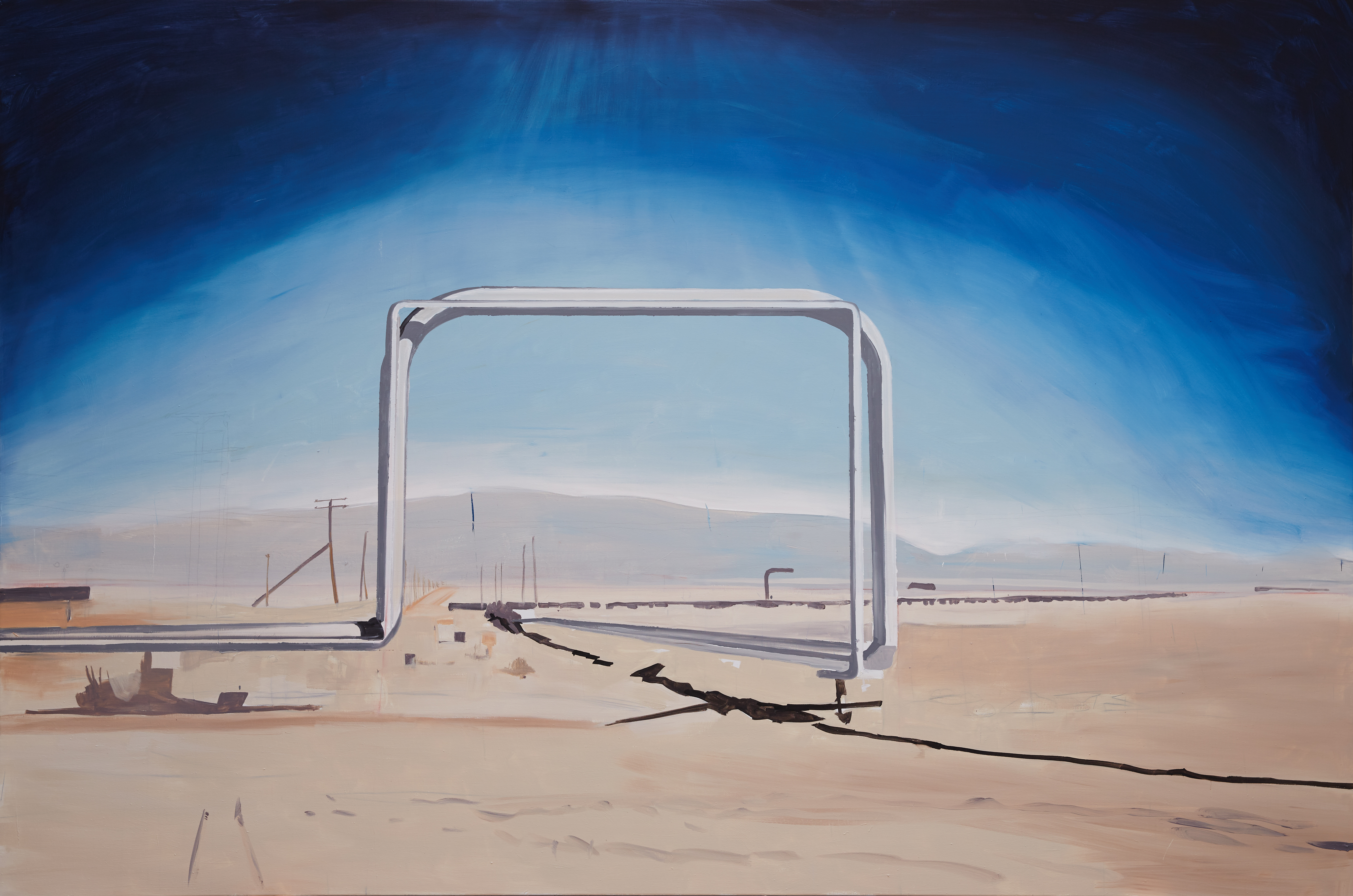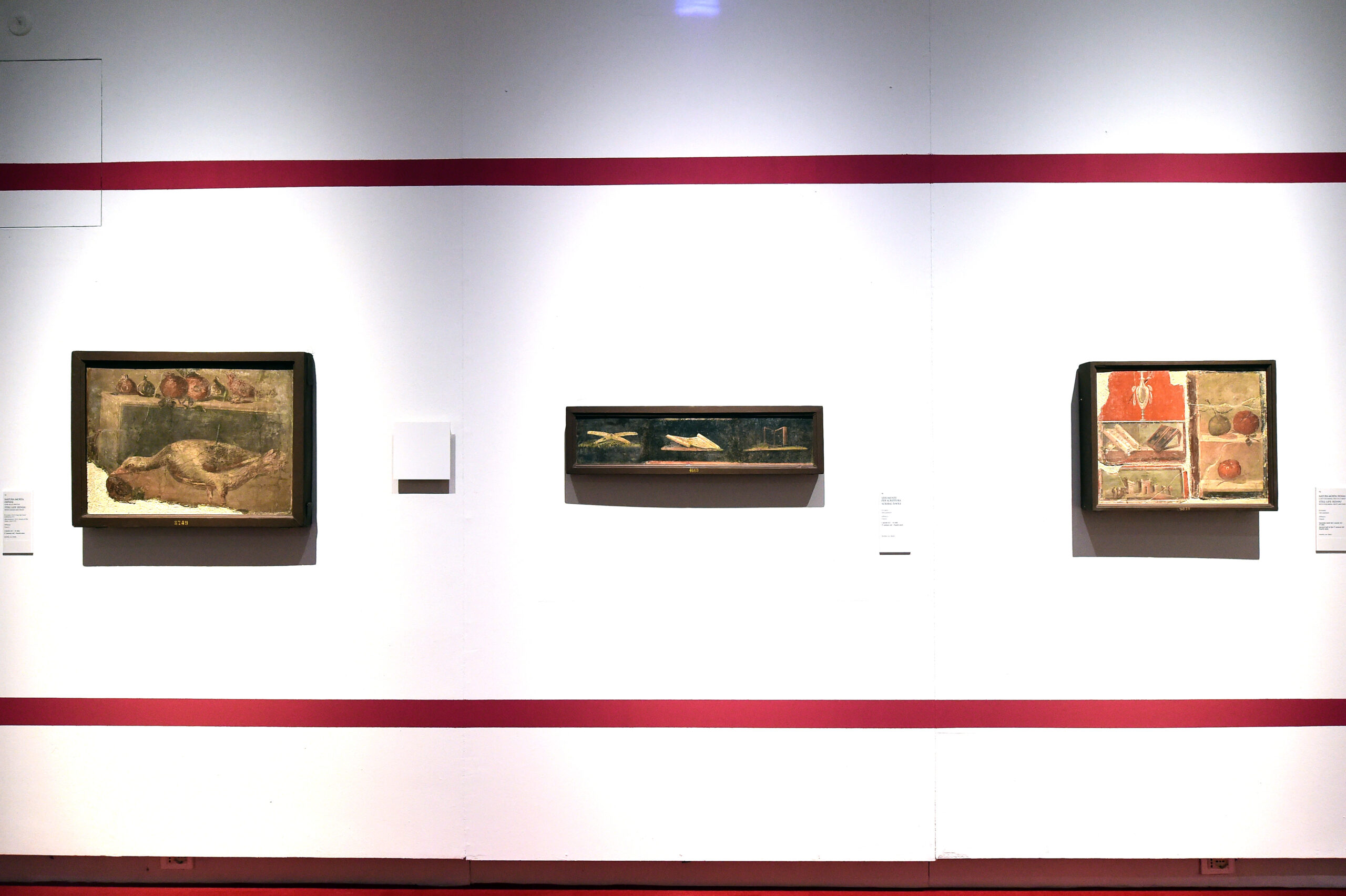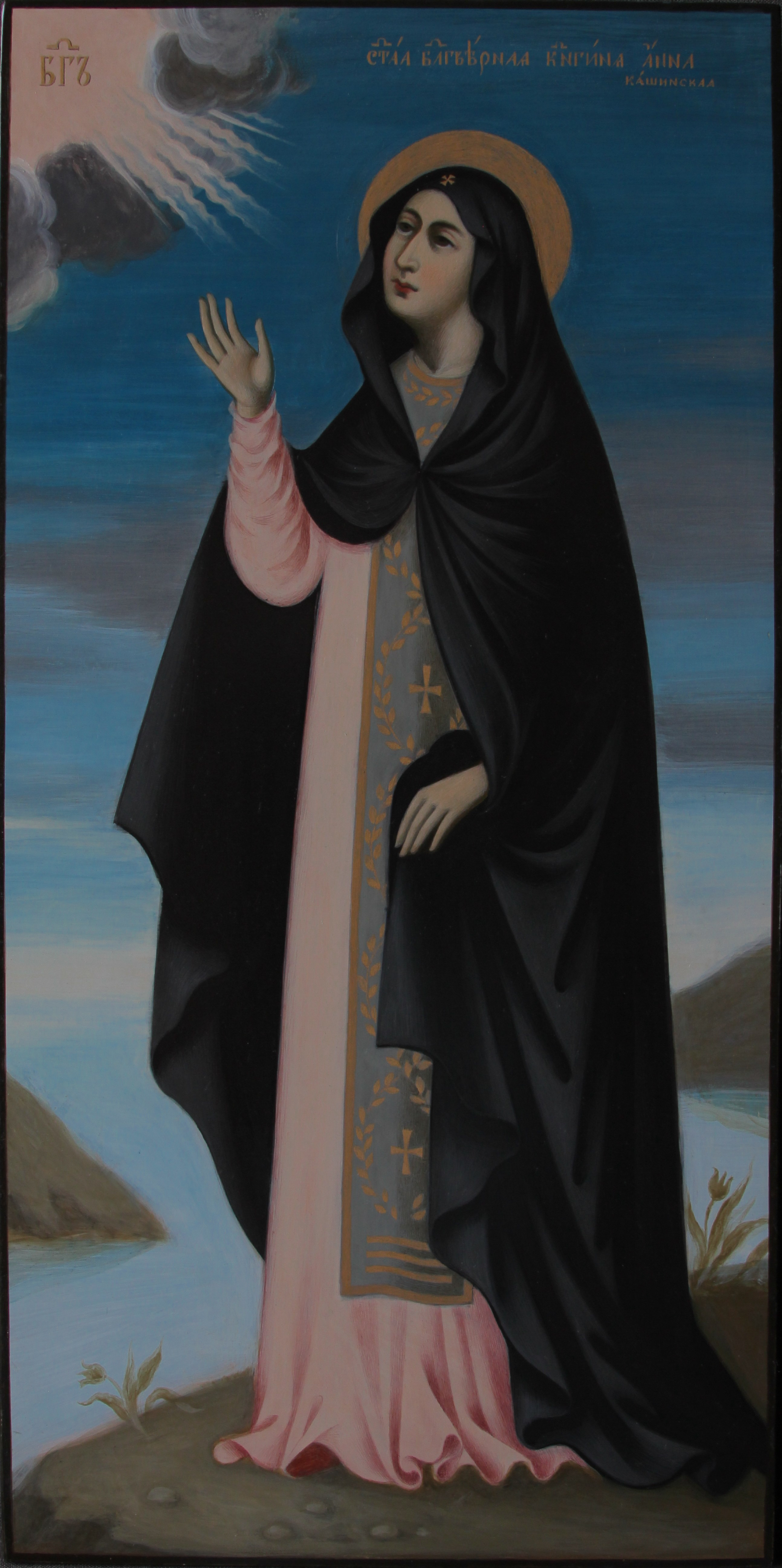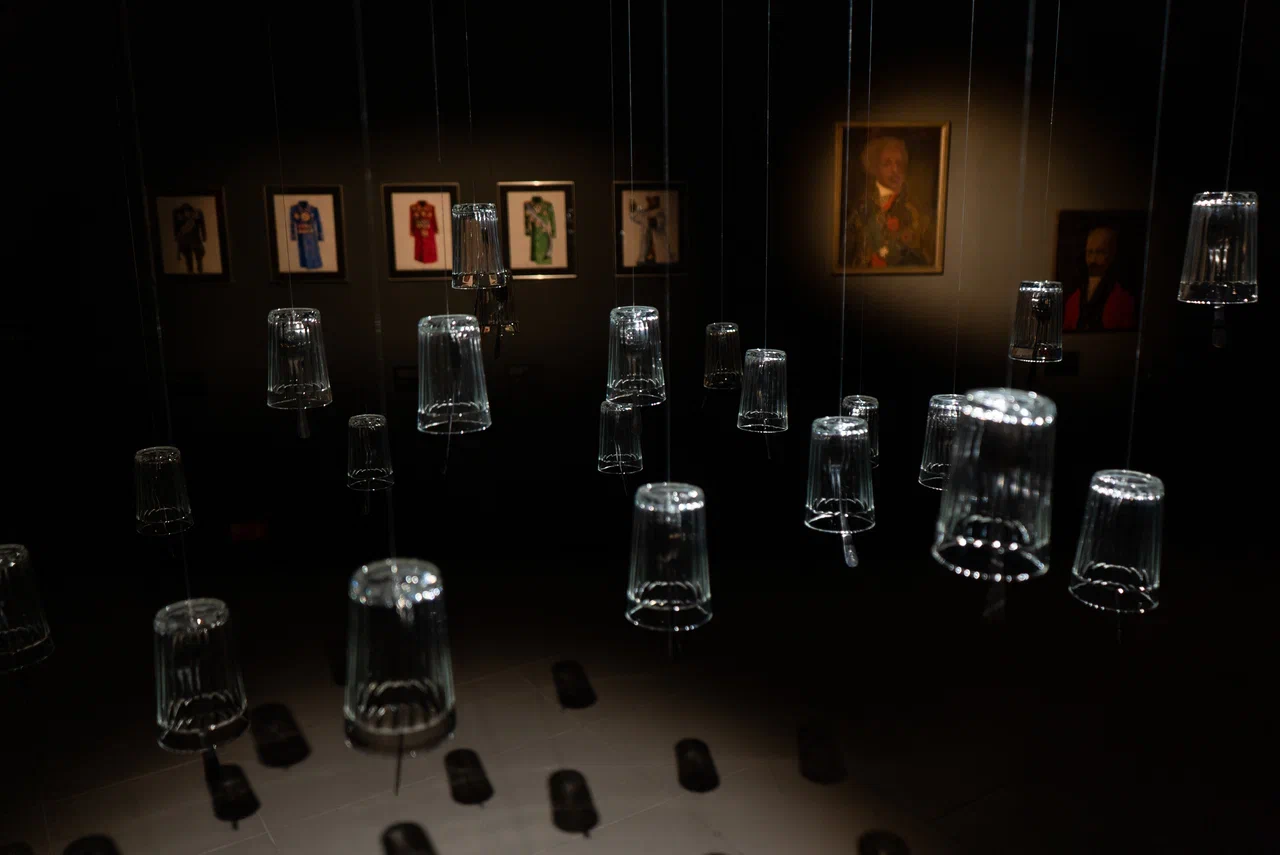We talked to photographer Alina Utrobina about how the move has affected her images
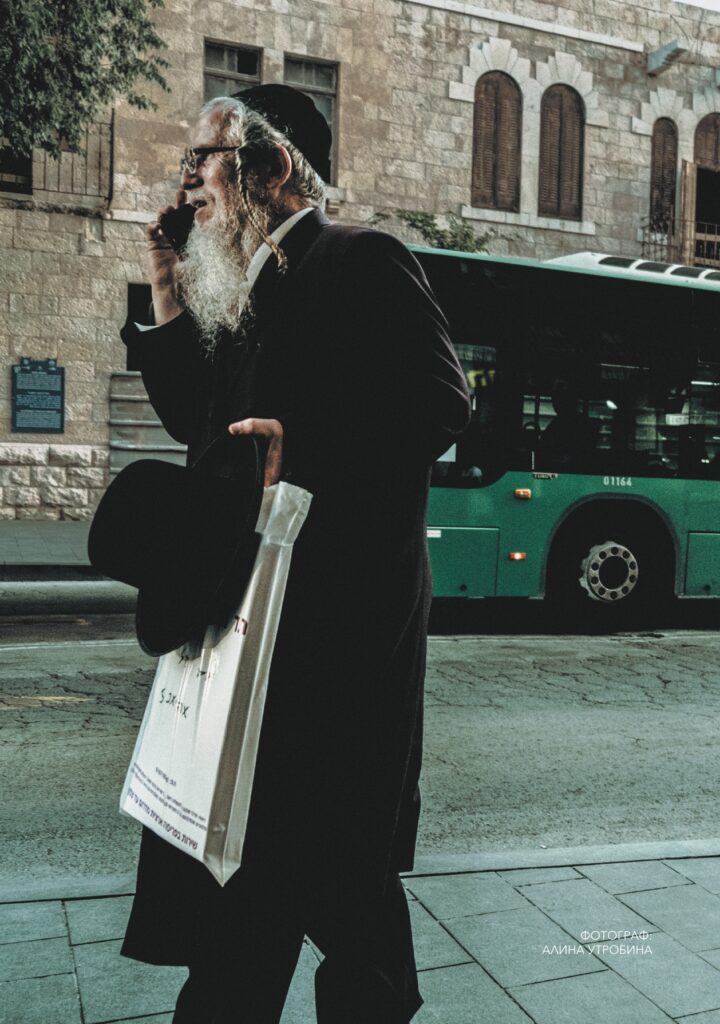
Alina, a year ago you moved from St. Petersburg to Tel Aviv, has your view as a photographer changed because of the move? Yes, I think that a significant part of the characteristics of photography depend on the photographer’s environment: for example, I started to notice that my colors became brighter, the contrast increased, I liked the “cinematic” horizontally stretched format, I want to put more into the picture and add emotions to the characters – all this is connected with the peculiarities of life in Israel.
Does the shooting genre depend on the country? Which shots do you shoot less often in Israel? And which ones in Russia? In Israel I discovered street photography. In St. Petersburg I didn’t even like the work of other authors in this genre, and I certainly didn’t see myself in it. Israel won me over with the color of the streets and its people. I am crazy about the way religious Jews of different schools, Muslims in the markets, tourists from different countries – all this crazy mixture of people and traditions, which is best felt in Jerusalem: now I am especially attracted to this city. Initially I wanted to capture a radical change of environment, primarily for myself, but now this aspiration has become the main focus of my photography. It reminds me of fishing – it’s very exciting and easy to get carried away.
In St. Petersburg I shot mostly in studios, there is interesting equipment and inexpensive, compared to Israel, the shooting itself. But even if my favorite St. Petersburg studios were moved here, I would still prefer to shoot Jerusalem streets, as I have never seen such a variety of nature within one country.
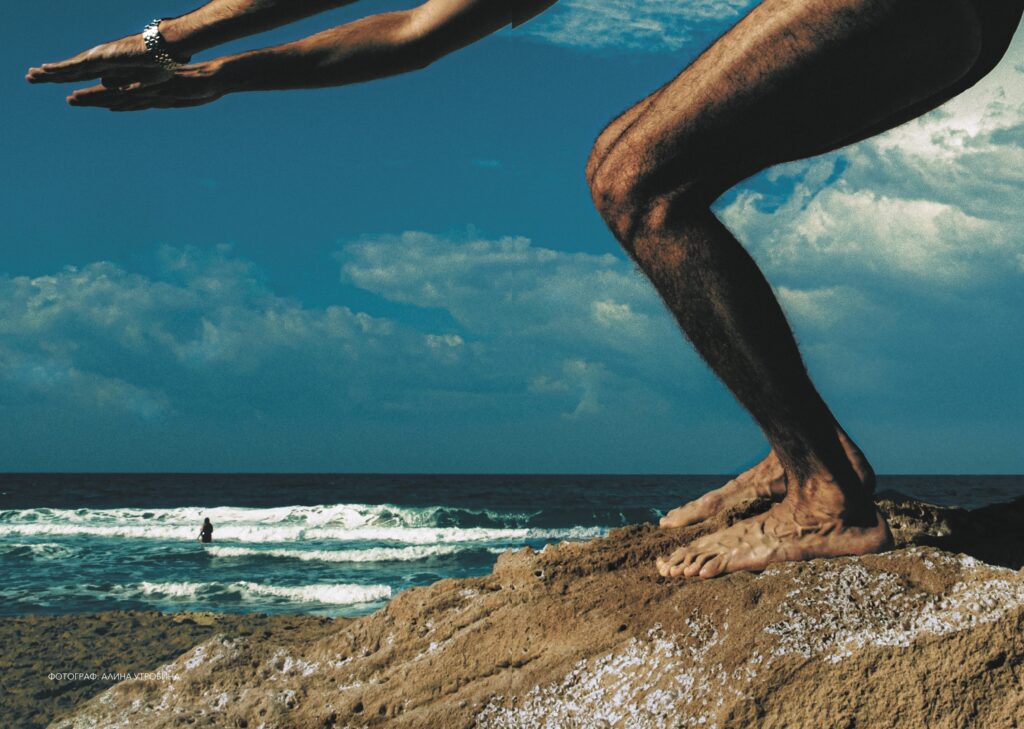
Your photos are very thoughtful, there are no unnecessary details, everything is strictly in its place. How do you manage to get such shots in the genre of street photography just by shooting ordinary people on the streets? It’s all about post-processing. I couldn’t decide to shoot street photography for a long time, I was afraid of aggressive reactions and misunderstanding, until one day I found a great way: just hang the camera around my neck and, turning off the focus sound in the settings, just discreetly press the shutter release, looking away from the “object” and pretending as if I’m just taking a relaxed walk with my hand on the camera. Of course, this is ethically questionable, I’d rather ask permission to shoot, but then the most valuable thing in street photography – the moment – is lost. Since all photos are taken on the go, you end up with a lot of bad shots with a lot of unnecessary details. The only thing that helps me to make a well-thought-out composition out of a random shot is Photoshop, and I often like to “lie”: I don’t think it’s something contradictory to reportage photography, as all these shots are just a free retelling of what I see on the streets, not a direct quotation.
What role does postproduction play in your work? How important are color correction, framing and other technical techniques to you? As I mentioned before, postproduction plays a huge role in the creation of my photos. I don’t even know which process is more important and favorite for me: the “hunt” with the camera outdoors or the selection and processing of shots. Through working with color and framing, I can enhance the effect of the photo and make the composition sharper, and through various stamps and patches I can rid the viewer of distracting, unnecessary details for the benefit of the overall image.
